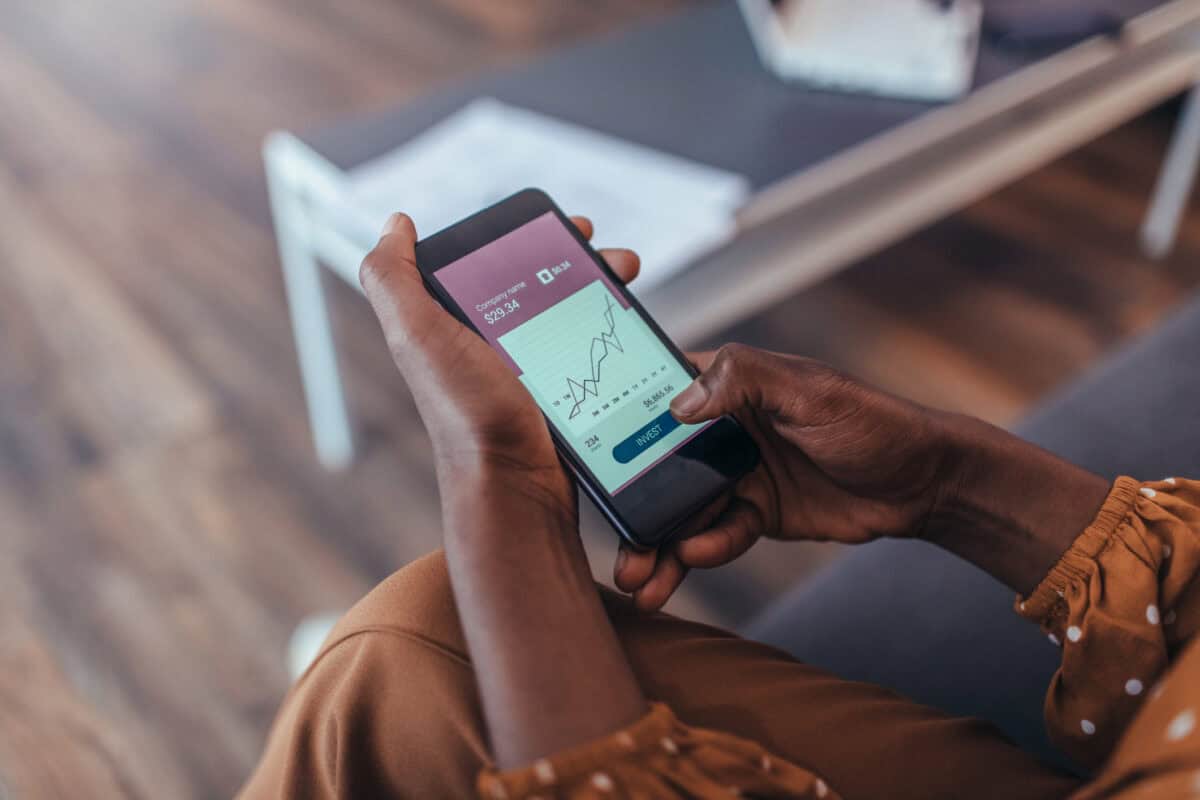Normally, if someone asked me what single stock to buy and hold forever, I’d laugh and suggest an exchange-traded fund (ETF) instead. Diversification is critical, after all. But today, I’ll make one exception.
If I were forced at gunpoint to put my entire portfolio into one stock and hold it forever, there’s one U.S. company I’d choose: Warren Buffett’s legendary conglomerate Berkshire Hathaway (NYSE:BRK.B). Here’s why.
It’s a highly diversified holding company
Operating companies run a specific business, like selling cars or making toothpaste. Holding companies, however, own stakes in multiple businesses, essentially acting as a parent organization. Berkshire Hathaway is the latter, and it’s an absolute powerhouse.
Berkshire wholly owns over 60 private businesses spanning diverse industries like insurance, manufacturing, railroads, retail, utilities, and energy. Its portfolio includes well-known names like GEICO, Fruit of the Loom, Duracell, Dairy Queen, BNSF Railway, Lubrizol, and See’s Candies. And the list goes on.
But that’s just the private side. Berkshire also boasts a massive portfolio of public equities, with significant positions in blue-chip U.S. companies such as Apple, Coca-Cola, American Express, Chevron, Bank of America, Moody’s, and Kraft Heinz.
In essence, owning Berkshire Hathaway isn’t like owning a single stock—it’s like owning a diversified mix of both private and public businesses. Even better, Berkshire takes cash flows generated by its private companies and reinvests them into public equities, creating a unique growth engine.
It’s sitting on a massive cash pile
Warren Buffett and the management team at Berkshire Hathaway are as conservative as it gets. They don’t chase trends or succumb to FOMO (the fear of missing out) by buying overpriced “hot” stocks. Instead, they’re perfectly content to sit on cash until the right opportunities arise.
As of the most recent quarter, Berkshire’s cash reserves totalled a staggering $325.21 billion. To put that into perspective, they could outright buy some of the largest U.S. companies.
This cash isn’t just collecting dust, either. It’s parked in ultra-safe investments like U.S. Treasury securities, earning the risk-free rate. While the return might seem paltry, with that much cash, Berkshire is still generating millions in risk-free income every month.
What sets Berkshire apart is its patience. I trust Buffett and his team will deploy this capital wisely when the time is right, just as they did during the 2008 financial crisis, snapping up bargains while the market floundered. It’s this disciplined approach that makes Berkshire’s cash pile a powerful weapon.
It doesn’t pay dividends
Normally, a company not paying dividends might seem like a downside. But when it comes to Berkshire Hathaway, it’s a feature, not a bug.
Here’s why: dividends, while appealing, have tax consequences outside registered accounts like a Tax-Free Savings Account or Registered Retirement Savings Plan. Every year, you’ll face taxes on dividend income, which creates a drag on your long-term returns.
For someone like me, who’s more interested in total return—the combined impact of share price growth and reinvested profits—dividends become less relevant.
Berkshire’s approach solves this. Instead of paying out dividends, it reinvests earnings back into its businesses or adds to its cash pile to seize future opportunities. This means I don’t have to file a T5 every year, and my returns compound tax-efficiently over the long term. Win-win.

